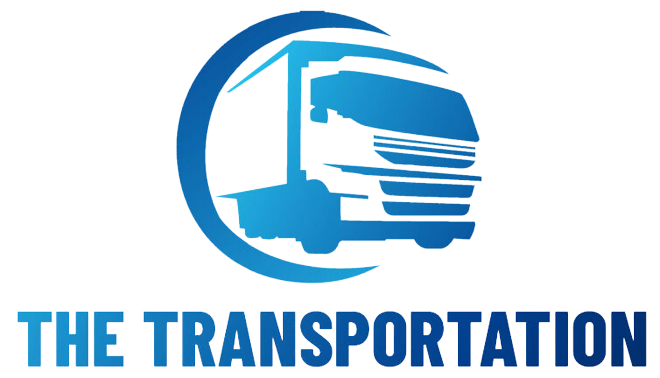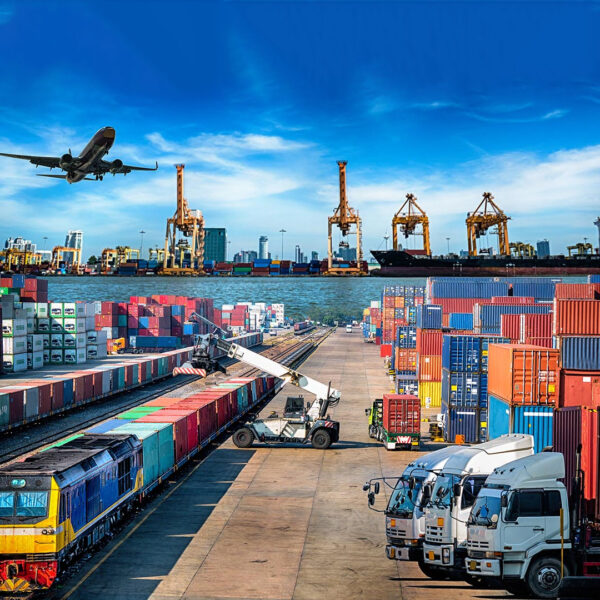Skyward Logistics: Mastering the Art of Air Freight Excellence
In today’s fast-paced world, the efficient movement of goods across the globe is a cornerstone of the global economy. Air freight, in particular, plays a pivotal role in this supply chain dance, offering speed and reliability that is unmatched by other transportation methods. Navigating the skies with air freight involves a complex web of practices and strategies that are integral to its success. deep dive into the world of air freight, exploring the best practices that underpin this remarkable industry.
The Essence of Air Freight:
Air freight is a logistics method that involves transporting goods via aircraft. It’s the preferred choice when time-sensitive or high-value cargo needs to reach its destination efficiently. While air freight is more expensive per kilogram than sea or land transport, it offers a level of speed and reliability that is unmatched.
Best Practices in Air Freight:
Efficient Packaging: One of the key factors in air freight is optimizing cargo space. Efficient packaging reduces wasted space, making the most out of every flight. Goods should be packaged to maximize volume utilization while ensuring their safety during transit.
Proper Documentation: The international nature of air freight necessitates meticulous documentation. Accurate and complete paperwork ensures customs clearance and minimizes delays. Collaborating with experts who understand the intricacies of international shipping documentation is crucial.
Cargo Consolidation: For smaller shipments, consolidating cargo is a cost-effective approach. This practice involves combining shipments from multiple sources into a single, larger shipment. It reduces the cost per unit and minimizes the environmental impact of air travel.
Strategic Carrier Selection: Choosing the right air carrier is crucial. Factors like pricing, transit times, and reputation all come into play. Establishing strong relationships with air carriers can lead to preferential treatment and more favorable rates.
Real-time Tracking: Modern technology allows for real-time tracking of shipments. This practice enables shippers to monitor their cargo’s progress, providing transparency and peace of mind. It also allows for immediate adjustments if issues arise.
Customs Compliance: Understanding and adhering to customs regulations is essential for smooth air freight operations. Keeping abreast of the latest customs rules and requirements is a best practice that can help avoid costly delays.
Security Measures: Air freight security is paramount. Enhanced security measures protect cargo from theft, tampering, and acts of terrorism. Compliance with international security standards is non-negotiable.
Environmental Responsibility: ** With growing environmental concerns, the air freight industry is increasingly focused on sustainability. Best practices include adopting fuel-efficient aircraft, implementing green logistics solutions, and minimizing carbon footprints.
Risk Management: While air freight is known for its reliability, unforeseen circumstances can disrupt operations. Implementing risk management strategies, including contingency planning, can help mitigate these challenges.
The Future of Air Freight:
The air freight industry is not immune to technological advancements and evolving market demands. As e-commerce continues to grow and industries rely on just-in-time deliveries, air freight will remain a vital component of global logistics. However, it will face pressure to become even more efficient, cost-effective, and environmentally friendly.
Drone deliveries, autonomous cargo planes, and the use of alternative fuels are some of the exciting developments on the horizon. Furthermore, as the world seeks more sustainable solutions, air freight companies are looking at ways to reduce their environmental impact through various initiatives.












